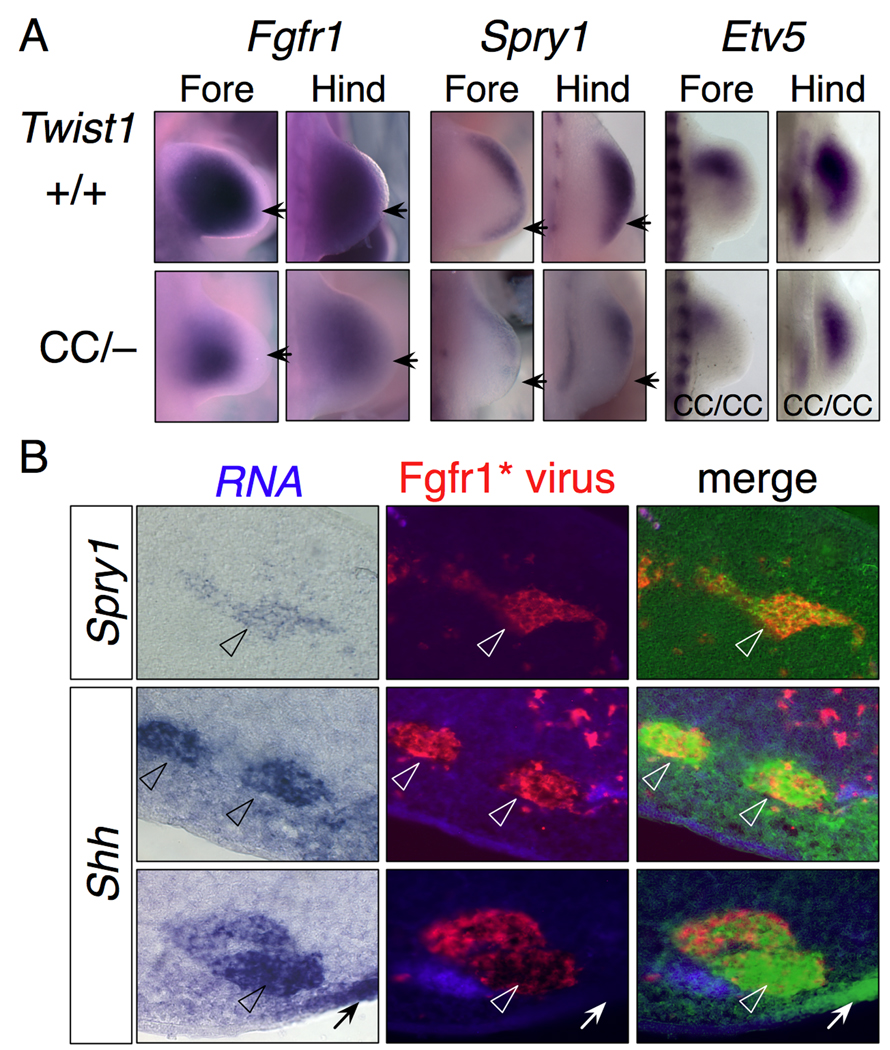Figure 5. FGF signaling is compromised in Twist1 mutants.
(A) Fgfr1 and Spry1 expression in wild type and Twist1CC/− limb buds. Fgfr1 expression is reduced but not absent in mutant limb buds, particularly in the distal and posterior margins (arrows). Spry1 expression is substantially reduced in Twist1CC/− limb buds with less expression in the posterior (arrow), and overall expression in hindlimb higher than forelimb (arrow). Etv5 expression is also significantly reduced in Twist1CC/CC limb buds.
(B) Shh is induced cell-autonomously by FGF signaling. Sections of limb buds infected at stage 20 with a replication-defective retrovirus expressing constitutively active Fgfr1, harvested 36 h post-infection, and sequentially processed by in situ hybridization for target gene expression and immunostained for retroviral infection.
(Row 1) Induction of Spry1 expression in anterior limb mesenchyme. Overlay of bright field image (false colored green; original, left panel) and Fgfr1* virus show a large clone of Spry1+ cells coincident with the infected cell clone (arrowheads).
(Rows 2,3) Induction of Shh expression in posterior limb mesenchyme. Overlay of bright field (false-colored green; original, left) and Fgfr1* virus show Shh+ cells coincident with the infected cell clones (arrowheads). Endogenous Shh domain is marked in Row 3 (arrow).

